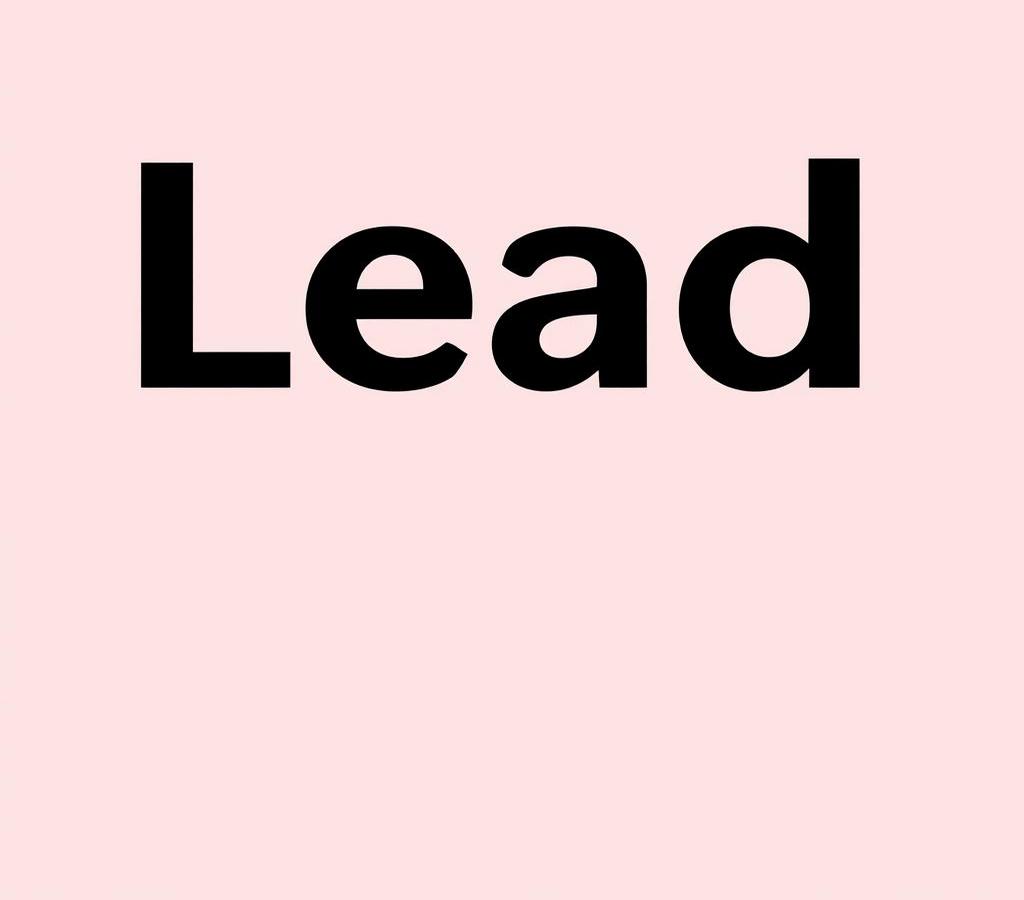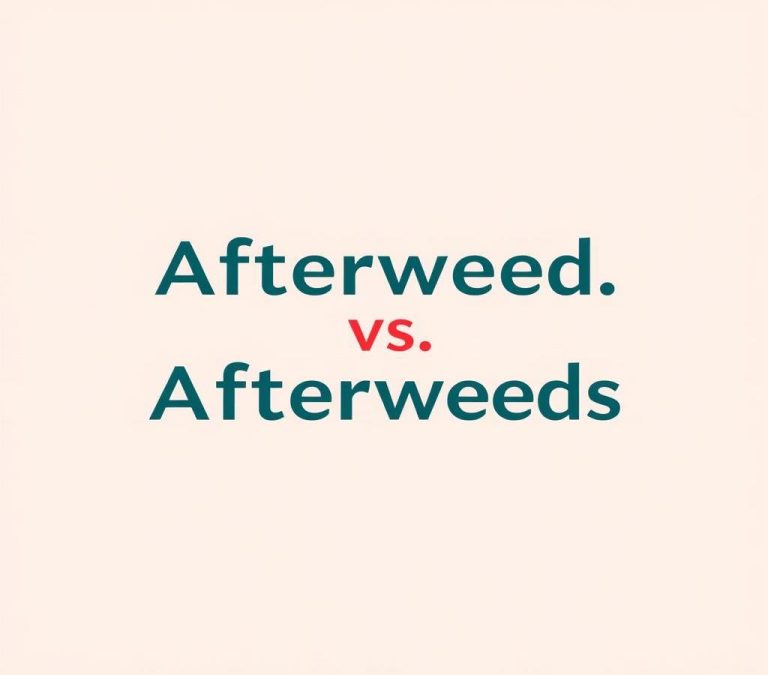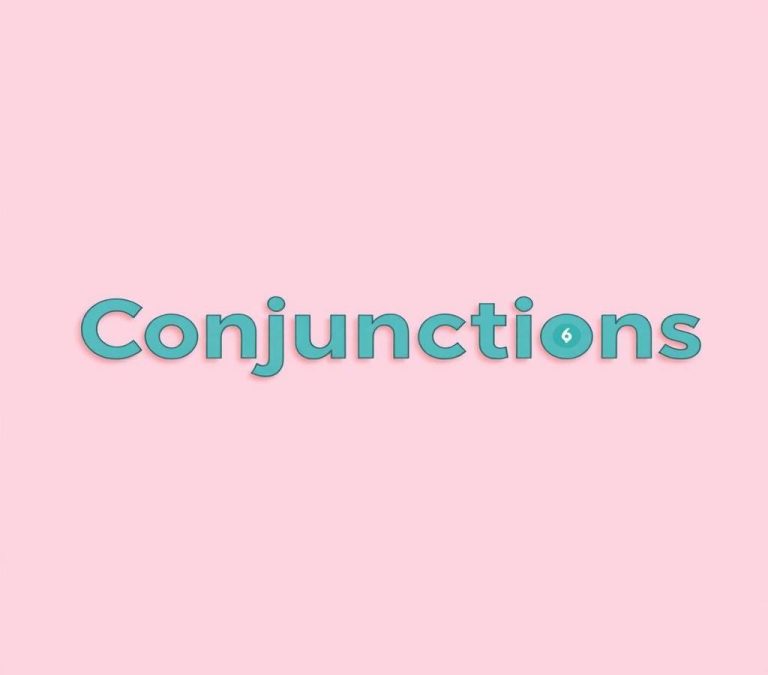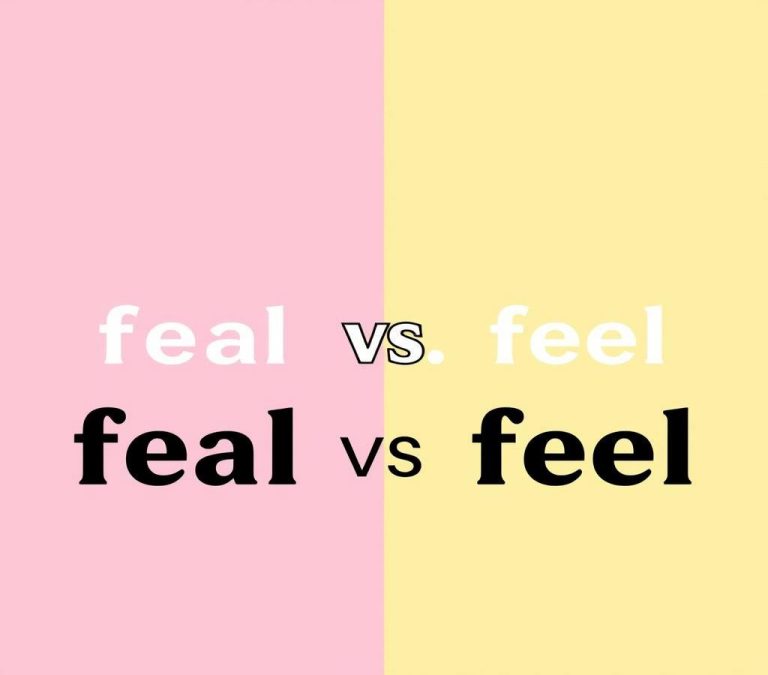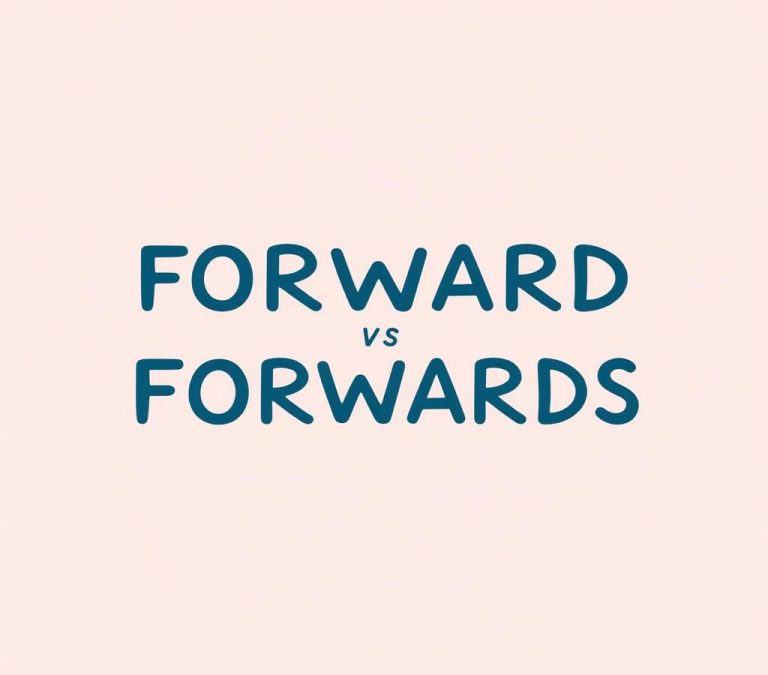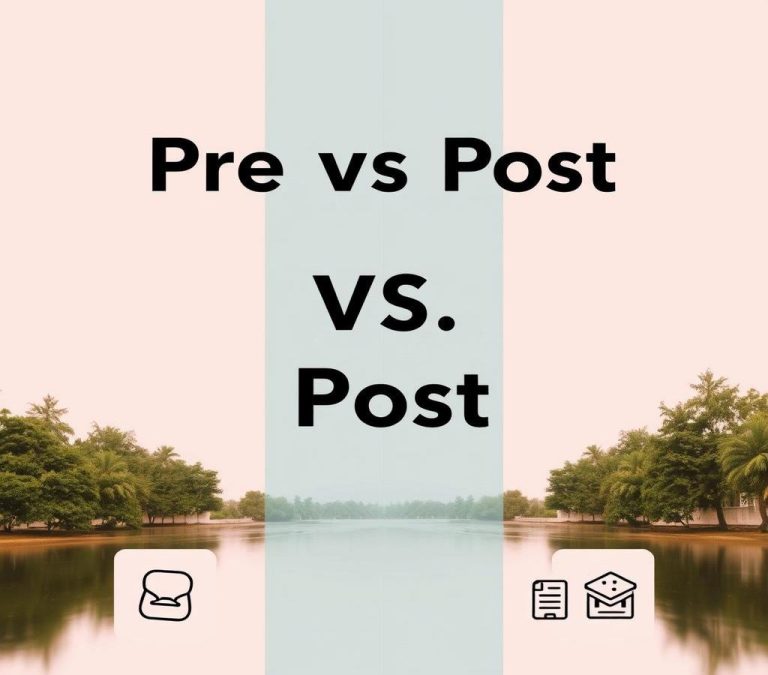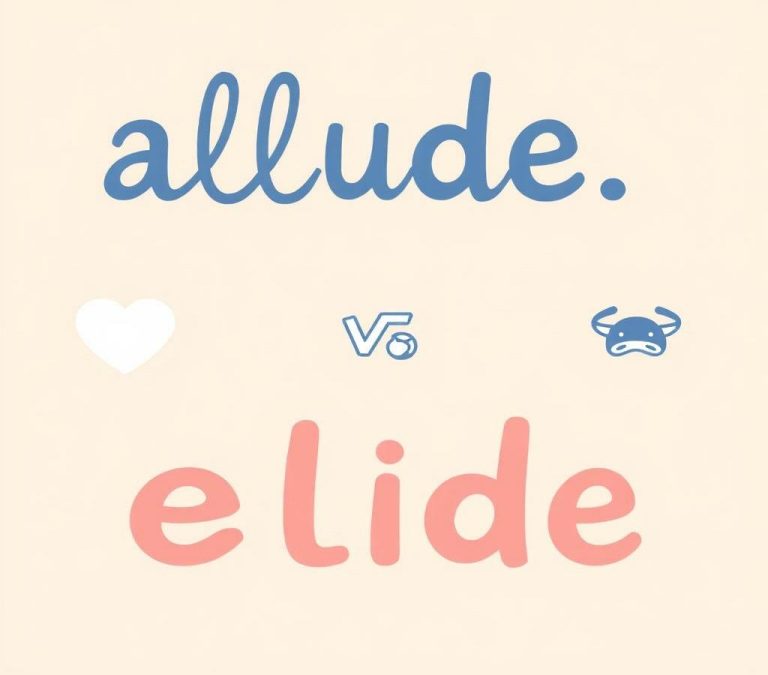Lead vs. Leed: Grammar Usage & When to Use Which
Understanding when to use “lead” or “leed” can clear up confusion in writing. “Lead” can refer to guiding someone or being at the forefront. It is also a type of metal that is soft and heavy. On the other hand, “LEED” is an acronym for Leadership in Energy and Environmental Design, a popular green building certification. Knowing the difference between these words will improve your communication. This article will break down their meanings and uses, helping you choose the correct one in any context.
Quick Answer
Use lead as a verb (e.g., “I will lead the team”) or as a noun referring to a heavy metal (e.g., “lead poisoning”). Use leed as a verb (e.g., “The company will leed in sustainability efforts”) only when referring to the LEED green building certification. In all other cases, use lead.
Why There is Confusion
English learners and even native speakers often experience confusion between “lead” and “leed” due to their similar pronunciation and varied uses. Homophones, or words that sound alike but have different meanings or spellings, are common in English and can lead to such misunderstandings. Additionally, there is an overlap in their context, especially in conversation or informal writing, where precise spelling might be overlooked. Understanding the distinct meanings and appropriate use cases of each term is crucial for effective communication and writing.
What Does “Lead” Mean?
“Lead” is a versatile word that can function as both a noun and a verb, each with distinct meanings:
- As a Noun: It is a chemical element represented by the symbol Pb and atomic number 82. This type of lead is a dense metal often used in batteries, radiation shielding, and historical plumbing systems.
- As a Verb: “Lead” means to guide or direct a person, group, or event along a path. It indicates taking command or having authority. For example, a manager might lead a team in a project to improve efficiency.
What Does “Leed” Mean?
“Leed” is a less commonly encountered word. Predominantly, it isn’t standard English but rather an acronym that some people misinterpret or misspell as a word. When you encounter “LEED,” it refers to Leadership in Energy and Environmental Design, a certification used globally in the construction and architecture industries. LEED certification indicates that a building or community was designed and built using strategies aimed at improving performance in energy savings, water efficiency, CO2 emissions reduction, and indoor environmental quality. It is important to note that “leed” outside of LEED certification does not hold meaning in the English language.
Differences Between “Lead” and “Leed”
Differences in Parts of Speech
“Lead” functions in multiple parts of speech. As previously stated, it can be a noun or a verb, contributing to its versatility in language. On the other hand, “Leed” typically stands as a noun when used to reference the certification program.
Differences in Pronunciation and Spelling
The pronunciation of “lead” and “leed” can be a source of confusion. The noun form of “lead” (referring to the metal) is pronounced like “led,” whereas the verb form is pronounced as “leed.” In contrast, “leed,” when referenced as an acronym (LEED), is consistently pronounced as “leed.” Therefore, while the spelling changes, “leed” as a sound aligns more with the verb form of “lead.”
Differences in Meaning and Usage
The key to differentiating these terms lies in their usage:
- Lead: When used as a noun, it refers to the grey metallic element. As a verb, “lead” refers to guiding or directing. The context in which it is used (e.g., scientific text vs. managerial communication) often clarifies the intended meaning.
- Leed: Primarily associated as an acronym for a green building certification and has no standalone meaning in traditional English vocabularies. Its use is relatively specific to environmental and architectural contexts.
Synonyms for “Lead”
When you aim to replace the word “lead” in a text to avoid repetition and add variety, consider the following synonyms based on the context:
- As a Noun (metal): graphite, plumbum (scientific term)
- As a Verb (guide): guide, direct, steer, shepherd, escort, conduct, preside over
- In the context of being in the front: head, front, spearhead
Synonyms for “Leed”
When referring to “LEED,” it’s mostly a unique term with no direct synonyms because it designates a specific certification program. However, in some contexts, you might use related terms like:
- Green building certification
- Sustainable design certification
These alternatives can convey similar ideas, particularly in discussions around environmentally friendly design and construction.
Examples of Usage for “Lead” and “Leed”
Here are some examples showcasing the usage of “lead” and “LEED”:
- Lead as a Noun: The pipes in the old house were made of lead, and they needed to be replaced with safer materials.
- Lead as a Verb: She was known for her ability to lead the team through challenging projects with confidence and clarity.
- LEED Certification: The new corporate building received LEED certification for its use of solar panels and green roofs, showcasing its commitment to sustainability.
Conclusion: When to Use “Lead” and When to Use “Leed”
Understanding when to use “lead” versus “LEED” requires knowledge of context and pronunciation. “Lead” is used much more broadly in everyday language as a noun to signify the metal or as a verb to indicate guiding or directing. Meanwhile, “LEED” refers to a specific environmental certification within the building industry. It is not just a word but an acronym with a particular implication of sustainable building practices. Being aware of these distinctions will enhance both written and spoken communication by ensuring precision and clarity in language use. Whether discussing leadership or environmental design, choosing the correct term is crucial for conveying the intended meaning accurately.

